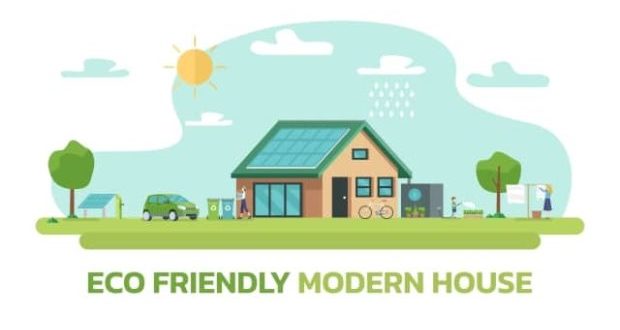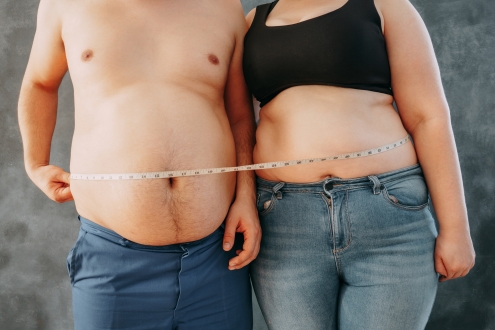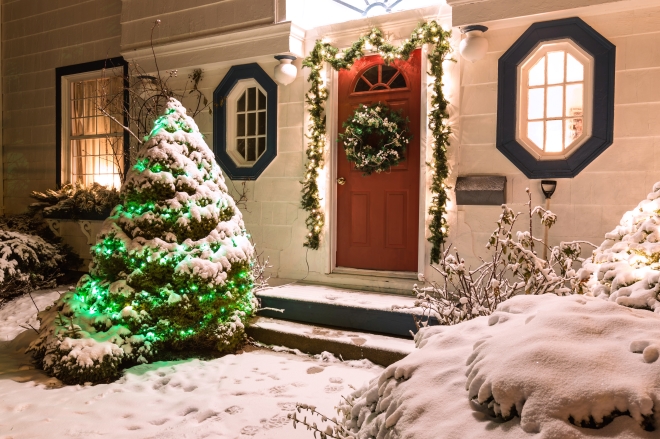The green trend is picking up more and more steam as households around the world switch to eco-friendly living. There’re many various aspects to living a green life as separate elements of your life will affect your total carbon footprint.
One of the most significant contributors to your overall green life is your home, like large appliances, inefficient building materials, and more can drag down your green lifestyle. Thankfully, your home is something you can easily change to become eco-friendly.
You’re also not limited to one path of green home upgrades as you can put as much money and effort into your upgrades as you want. There’re more ways to improve your home than you may realize, with many of these upgrades also helping your home move closer to your green goals.
Below are just a few ways you can improve your home to be more eco-friendly in both big and small ways that will fit in any budget.
The Hidden, But Significant Green Upgrades
There’re a few appliances in your home that are commonly out of sight but still play a significant role in keeping your house comfortable. Your HVAC system and water heater are two appliances you rely on but rarely ever see unless something has gone wrong.
When you buy a home, most will come with these appliances from the previous owner or are added as part of new construction. However, just because some appliances come with your house doesn’t mean you must keep them or they are the best selections for your needs.
Your old water heater may be on its last legs and in need of a replacement, which is the perfect time to swap in a propane water heater that is more efficient and will last for years to come. You can also explore switching your traditional central air conditioning unit with heat pumps for a more natural temperature control solution.
Upcycle Items Yourself
One of the best ways to give your home a fresh look and keep things eco-friendly is to upcycle items yourself. Instead of throwing away old decorations like pillows, curtains, rugs, and more, find ways to upcycle or repurpose items to suit your new plans better.
You can use basic dyes or fabric paints to give fabrics around your home new color and patterns instead of buying replacements. This also saves you time and money while also being the greenest thing to do.
You can find all kinds of new uses for items with a bit of creativity. If you have an ever-growing collection of old t-shirts, those shirts can be cut up to become cleaning rags or potholders. You could also take the creative route and turn old t-shirts into a soft quilt of personal memories.
Smaller Green Changes Can Add Up
It may not feel like changing small things around your home will affect your carbon footprint, but sometimes the most minor changes add up to a noticeable impact. Change your old incandescent light bulbs in favor of new LED or CFL bulbs.
Modern LED and CFL bulbs last longer, shine brighter, and use less energy than incandescent bulbs, which makes upgrading a clear benefit in every aspect. Buying new bulbs is an upfront investment, but you will save money over time because you’ll not be replacing new bulbs as often as you must replace old incandescent bulbs.
You should also swap out old air filters and check as much of your vents as you can for dust and debris that might affect airflow or quality.
Other small changes to make your home more efficient include resealing any exterior cracks or breaks in window or door seals. Stuffing towels under exterior doors to keep heat from escaping in winter, and running fans to keep cool instead of cranking up your AC.
On their own, each of these changes may feel small and almost pointless, but if you combine all the various green tricks, you can create a truly meaningful result.

Going green does not have to be an all-consuming project. It is simpler to create an eco-friendly home than you might initially imagine. You can upgrade larger appliances to be more efficient and reliable, upcycle your items to extend their life and make a group of more minor changes at home. With a little bit of effort and some creative thinking, anyone can make their home more environmentally friendly.







What I strongly believe is our environment is our first home. Respecting the environment around us derives from a high spirit and good culture.
Hi Grace
Everyone needs to adopt an attitude of respect for our environment. Thank you for sharing.
Gerardo